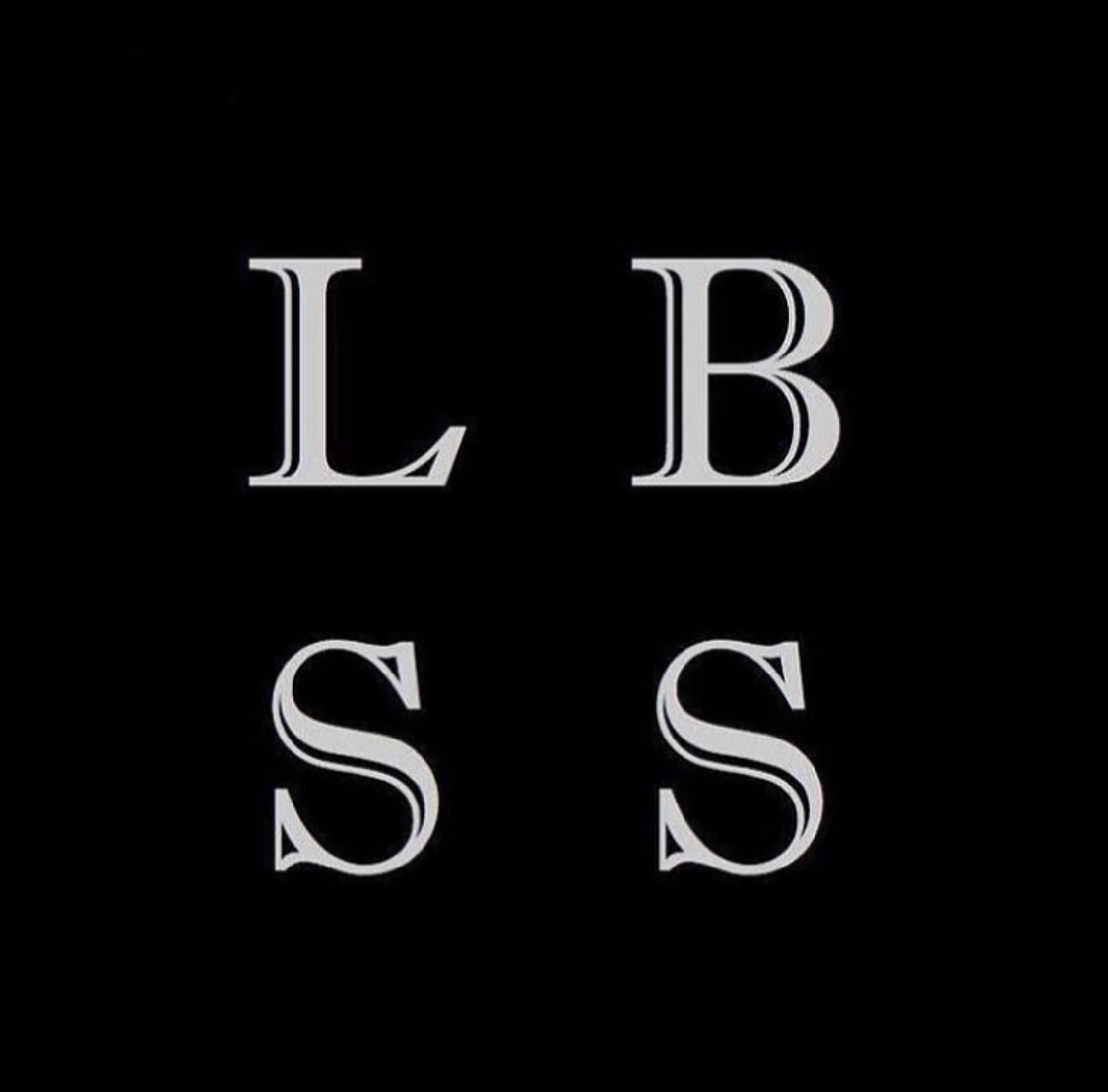Between the 24th and 27th of March, Decentraland hosted its first ever Metaverse Fashion Week.
“It is just the beginning. We need to take one step at a time”, Giovanna Graziosi Casimiro, the
head of Metaverse Fashion Week said. Nevertheless, the event has been a success. Free to join
and open to everyone, the MVFW lineup attracted an audience of 108,000 – a considerable
increase compared to the 40,000 attendees of a metaverse music festival that took place in
October 2021. However, according to Vogue, the most impressive part of the MVFW didn’t
actually happen in the metaverse, but instead in reality – since all major tabloids and magazines
across the world covered the event.
Over the course of the week, more than 60 brands, including Dolce & Gabbana, Etro, Tommy
Hilfiger, Elie Saab, Hogan, and Estée Lauder presented 500 looks, some only digital, while
others also offered in the physical world. Models, after emerging out of life-sized blooming
lotuses, walked down the runway under music-coordinated lights. After the catwalks, brands
hosted parties where attendees could program their avatars to dance using customized moves and
show off their most captivating wearables. Philipp Plein stated that the event attracted both new
and existing fans, while Stefano Rosso, CEO of BVX, the metaverse business unit of OTB, said
that they sold “a gold amount” of unique NFTs.
However, the MVFW had some technical limitations. Joining an event on Decentraland was at
times a slow and confusing process. Sometimes lights didn’t work, or music didn’t play well.
The low-level graphics have received criticism. Another problem, more related to designers than
customers, was the poor quality of everyday computers and wi-fi, which sometimes weren’t
powerful enough to show 3D versions of the digital fashion items. As a result, brands had to
dramatically simplify the aesthetics of their wearables, taking away from the fantasy and
craftsmanship of luxury fashion. Finally, there were limitations on how many people could
attend events, resulting in a discouragement for people to enter the metaverse.
So, what’s next? Organizers are already working to fix the problems that emerged during the
shows, and are preparing to accommodate thousands more for next year’s Metaverse Fashion
Week. Furthermore, Casimiro is planning some educational workshops to help brands to sell
wearables and customize spaces in the metaverse.
Many anticipate more physical integrations in the future. Alex Lambert, creative director of
content production studio Happy Finish, thinks that “once you’re able to buy a virtual Chanel
jacket and then wear that item in the real world, that’s when things will really start to change”,
but it’s important not to try to separate the digital and physical world, because “they are two
elements composing the same history”.
